Lot size: Approximately 6,500 sq. ft. garden, 100% native front, and 40% native back
Garden Age: Garden was installed in stages, beginning in 2016
Years on the Bringing Back the Natives Garden Tour: New this year!
Showcase Feature
Brett is passionate about combatting climate change (see his inspiring Green Features sheet!), and for many years focused his efforts on rainforest conservation and reforestation through Rainforest Trust. Closer to home, it was clear that the ivy in his own large front garden wasn’t cutting the environmental mustard. In 2016 Brett dug out the ivy by hand, replacing it with substantial, undulating drifts of rosy and cream-colored buckwheats, purple sages, lavender asters, and pink mallows that flow across the hillside in pleasing layers. In spring and summer a boisterously colorful wildflower meadow delights pollinators, as well as visiting bipeds. On the perimeter of the garden Catalina ironwood, western redbuds, toyon, and California lilac function as living privacy screens, while also providing food, shelter, and nesting areas for wildlife.
In the back garden a variety of native plants flourish in wide garden beds. The lawn is brightened by the cheerful white flowers of clover, which attracts honeybees while fixing nitrogen and keeping the turf area green. Evergreen yarrow was seeded into the lawn; its delicate, fernlike leaves also help keep the lawn looking green without the use of fertilizer.
Take your shoes off, visit the kitchen, and check out the induction cooktop. On the way into the house you can learn
about the adverse health impacts to adults and children of cooking with gas (spoiler alert! they include asthma, lowered IQ, increased allergies, and heart problems), and the environmental benefits of switching to induction.
Browse the Better Products! table and see how you can reduce your use of plastics by buying bar dish soap, hair conditioner, shampoos for people and dogs, and dissolvable laundry strip soap sheets. (Note these products are shipped in cardboard, not plastic.) Take a gander at the wool dryer balls, which reduce the amount of time your clothes dryer needs to run.
 Other Garden Attractions
Other Garden Attractions
• The 44 solar panels on the house and garage produce 22 megawatt hours of energy a year; the amount of energy generated on this property has kept more than 17,000 pounds of coal from being burned each year.
• Check out the beautiful side deck, which is made of farmed black locust from the Southeastern US. Tropical woods, such as ipe, teak, cumaru and tigerwood (even if certified as sustainable) are often hacked from the rainforest. Black locust is beautiful, very hard, and lasts for many decades, even when in contact with the ground.
• Pete Veilleux from East Bay Wilds will be at this garden from 11:0-1:00; bring your questions!
• You are welcome to use the bathroom!
Gardening for Wildlife
Native bees and butterflies are attracted to the extensive drifts of flowering plants in this garden, and the variety of flowers, which means something is in bloom almost year-round. The long bloom season starts in January with the beautiful pink and cream urn-shaped blossoms of the manzanita, continues on in spring with the vibrant blue flowers of the California lilac, bursts forth with riotously colorful wildflowers, and continues into the summer and fall with red California fuchsias, pink or cream-colored buckwheats, and purple coyote mint.
Butterflies are attracted to the large landing pads (aka flowers) of the numerous varieties of buckwheats in the garden. Native bees buzz happily among the flowers, gathering pollen from California lilac, phacelias, poppies, and yarrow, and sipping nectar from redbuds, manzanitas, buckwheats, penstemon, clarkias, asters, phacelias, and coyote mint.
Hummingbirds, blue birds, robins and more are attracted to insect buffet in the garden, many berry-bearing plants, and the seeds they find there.
In the cool of the evenings salamanders forage for slugs and pill bugs, then snuggle in shady, damp places to sleep their dinners off.
Garden Talks
12:00 “How to choose manzanitas for your garden” by Pete Veilleix of East Bay Wilds
Plants for sale
Pete Veilleux, owner of East Bay Wilds, will have an interesting selection of plants for sale from 11:00 – 12:00
Keystone species (watch this talk by Doug Tallamy!)
Keystone species—our own, local ecological powerhouse plants— in this garden include California lilac, manzanita, currants, sages, buckwheats, asters, and penstemon.
At least partially wheelchair accessible? No























